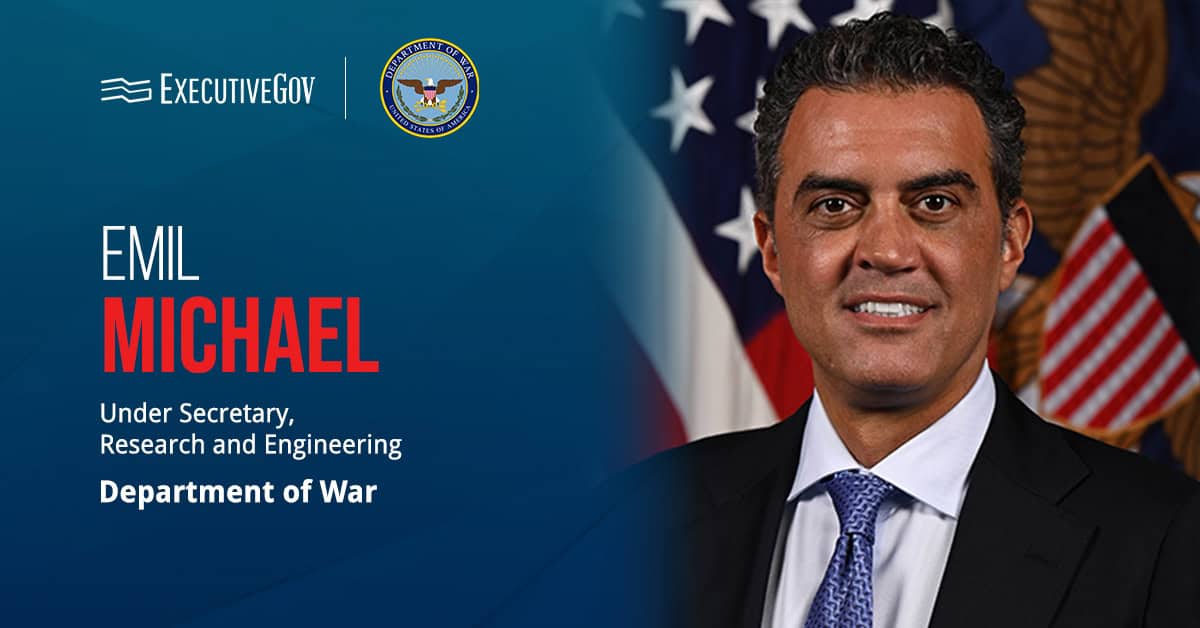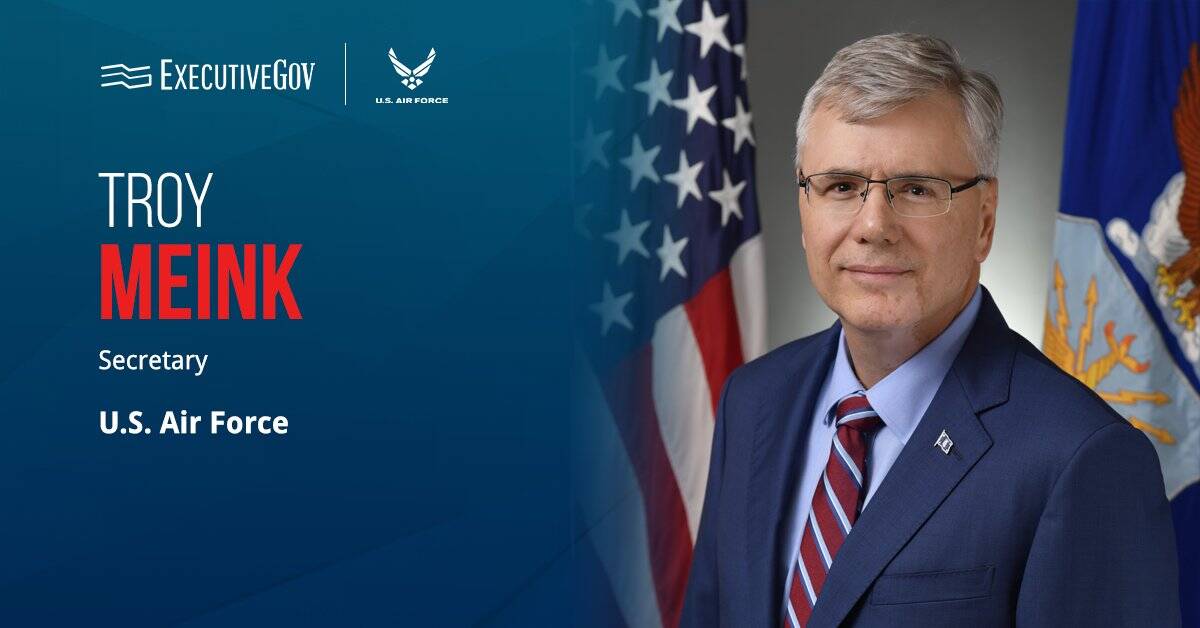 Maj. Gen. Charles Cleveland, vice director for intelligence, joint staff with the Defense Intelligence Agency, is moving to the National Geospatial-Intelligence Agency to serve as director of operations and military deputy.
Maj. Gen. Charles Cleveland, vice director for intelligence, joint staff with the Defense Intelligence Agency, is moving to the National Geospatial-Intelligence Agency to serve as director of operations and military deputy.He will enact duties for his new assignment in Springfield, Md., the Defense Department said Monday.
In his current role, Cleveland helps Dan Coats, director of national intelligence, to lead efforts supporting the intelligence needs of joint chiefs, combatant commands and the secretary of defense.
The major general joined the U.S. military in 1989 and has since contributed tactical, strategic and staff service across multiple groups such as the 82nd Airborne Division and the Joint Special Operations Command.
Cleveland is a recipient of the Defense Superior Service Medal and the Ranger Tab.





